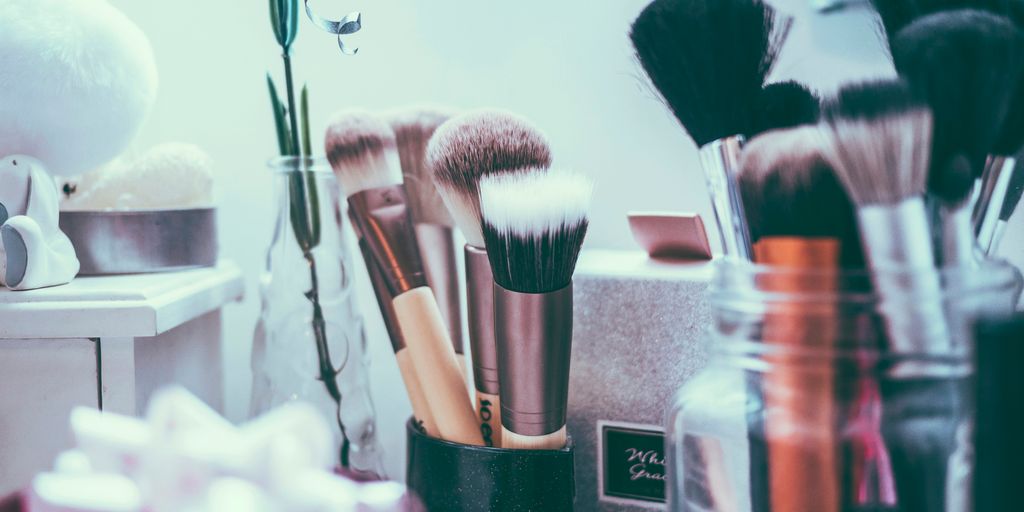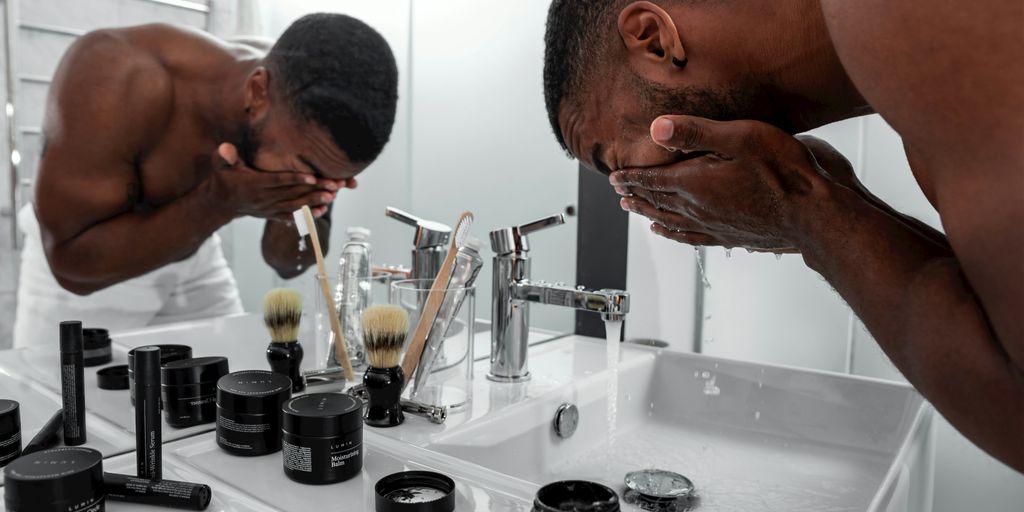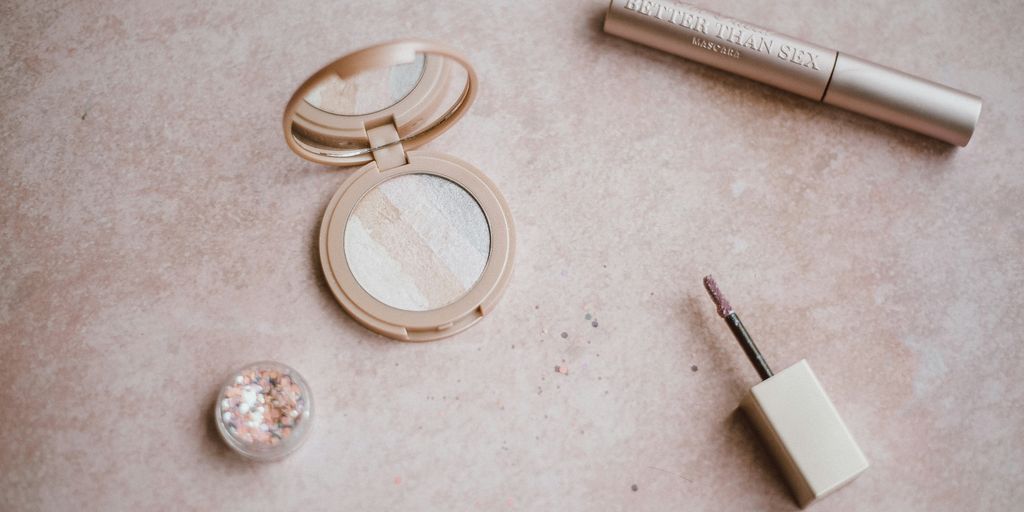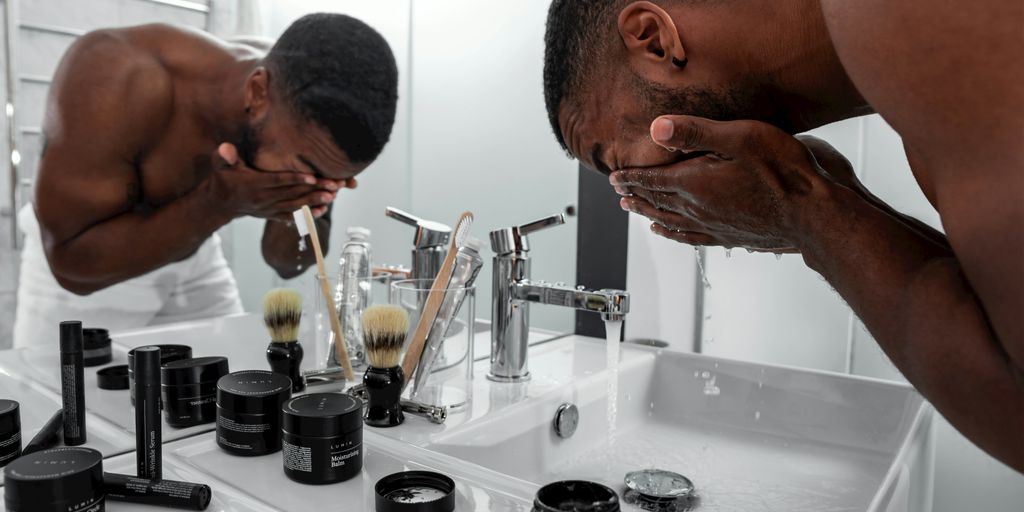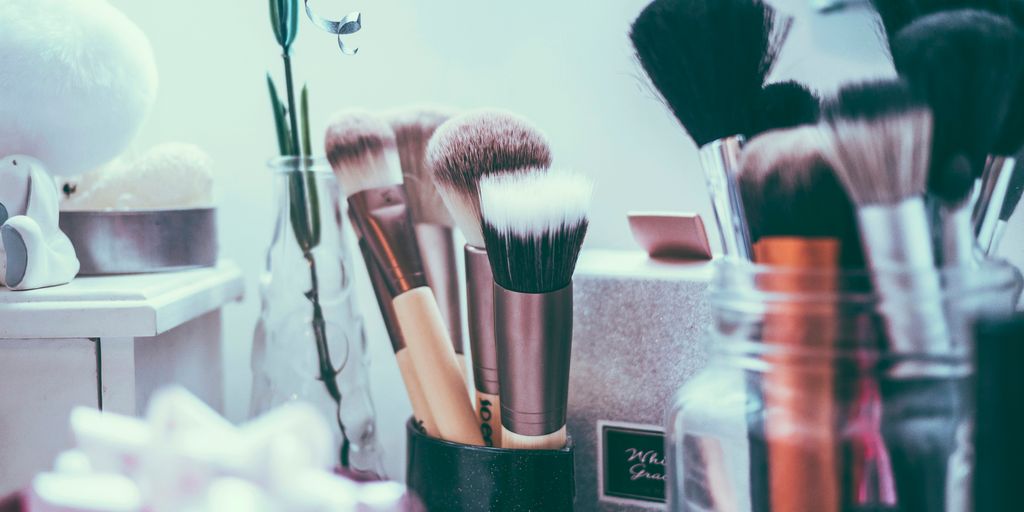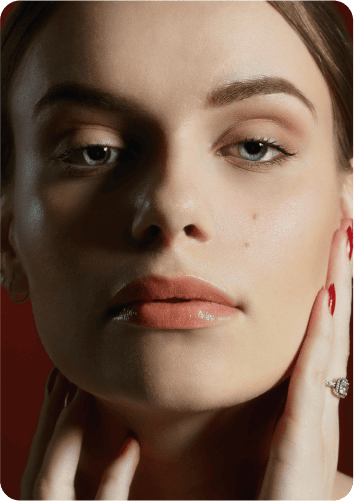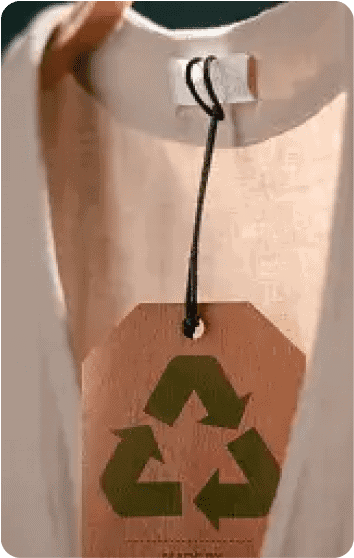In recent years, the beauty industry has faced increasing scrutiny over animal testing practices. With many consumers seeking cruelty-free products, the question arises: Is Tresemme cruelty free? In this article, we’ll explore Tresemme’s stance on animal testing, consumer perceptions, and what alternatives exist for those who prioritize ethical beauty choices.
Key Takeaways
- Tresemme has faced criticism and scrutiny regarding its animal testing practices.
- Consumer demand for cruelty-free products is on the rise, influencing brand reputations.
- Understanding cruelty-free standards is essential for making informed choices.
- Alternatives to Tresemme include many brands that are certified cruelty-free.
- Transparency in beauty brands is becoming increasingly important to consumers.
Understanding Cruelty-Free Standards
What Does Cruelty-Free Mean?
Okay, so what does "cruelty-free" really mean? It’s a term we see thrown around a lot, but it’s important to understand what it signifies. Basically, it means that a product and its ingredients weren’t tested on animals at any stage of development. This includes testing done by the company itself, its suppliers, or any third parties. It sounds simple, but the details can get tricky. For example, a company might claim to be cruelty-free but still use ingredients that were tested on animals years ago. Or, they might sell their products in countries where animal testing is required by law.
The Importance of Cruelty-Free Certification
With so much potential for confusion, that’s where cruelty-free certifications come in. These certifications are issued by independent organizations that have strict standards for what it means to be cruelty-free. Some of the most well-known certifications include:
- Leaping Bunny
- PETA’s Beauty Without Bunnies
- Choose Cruelty Free (CCF)
These organizations audit companies and their suppliers to ensure they meet certain criteria. Seeing one of these logos on a product can give you more confidence that it truly is cruelty-free. However, it’s still a good idea to do your own research, as standards and enforcement can vary.
Common Misconceptions About Cruelty-Free Claims
There are a few common misunderstandings about what cruelty-free actually means. One big one is that cruelty-free automatically means vegan. While many cruelty-free products are also vegan, this isn’t always the case. Cruelty-free only refers to animal testing, while vegan means the product doesn’t contain any animal-derived ingredients (like honey, beeswax, or lanolin).
Another misconception is that if a product is made in a country with strict animal testing laws, it’s automatically cruelty-free. This isn’t necessarily true. Companies can still test on animals in other countries or use ingredients that were tested on animals elsewhere. It’s all about digging a little deeper and not just taking claims at face value.
It’s easy to get overwhelmed by all the information out there. The key is to stay informed, do your research, and support brands that are truly committed to cruelty-free practices. Every purchase you make is a vote for the kind of world you want to live in.
TREsemmé’s Animal Testing Policy
Official Statements from TREsemmé
Okay, so what does TREsemmé actually say about testing on animals? It can be a bit tricky to figure out. Usually, brands put out some kind of statement, but sometimes it’s worded in a way that leaves room for interpretation. It’s important to look closely at the specific language they use. Do they say they don’t test on animals unless required by law? That’s a pretty common one, and it means they might be testing in countries where it’s mandatory.
Changes in Policy Over the Years
Has TREsemmé always had the same stance on animal testing? Probably not. A lot of companies have shifted their policies as consumers have become more aware and vocal about animal rights. It’s worth digging into the history. Maybe they used to test, then stopped, or maybe they’ve always claimed to be cruelty-free. Here’s a few things that might have happened:
- Changes in ownership (Unilever owns TREsemmé)
- New scientific methods for testing product safety
- Pressure from organizations like PETA
Comparison with Industry Standards
How does TREsemmé’s policy stack up against other brands? Some companies have gone all-in on being cruelty-free, getting certified by organizations like Leaping Bunny. Others are still doing things the old way. It’s a whole spectrum.
It’s good to remember that "cruelty-free" isn’t a regulated term in the US. That means companies can use it even if they have some loopholes in their policies. Looking for certifications is usually a safer bet.
Consumer Perception of TREsemmé
Public Sentiment on Cruelty-Free Products
Consumers are way more aware now. People actually care about where their products come from and how they’re made. Cruelty-free is a big deal, and it’s not just a niche thing anymore. More and more shoppers are actively seeking out brands that don’t test on animals. This shift is changing the whole beauty industry, and brands are having to adapt if they want to stay relevant.
Impact of Social Media on Brand Image
Social media is a game-changer. A single post can make or break a brand. If a company gets caught doing something unethical, it spreads like wildfire. Influencers and regular people alike are using platforms to share their opinions and experiences, and that has a huge impact on what people buy. Brands have to be super careful about their image online because everyone’s watching.
Consumer Activism and Its Effects
People aren’t just passively buying stuff anymore; they’re actively pushing for change. Consumer activism is on the rise, and it’s forcing brands to listen. Boycotts, petitions, and social media campaigns are all being used to hold companies accountable. This kind of pressure can lead to real changes in how brands operate, especially when it comes to animal testing and ethical practices.
It’s interesting to see how much power consumers have these days. Brands can’t just ignore ethical concerns anymore. If they do, they risk losing customers and damaging their reputation. The demand for cruelty-free products is only going to get stronger, so companies need to get on board or get left behind.
Alternatives to TREsemmé
Cruelty-Free Brands to Consider
Okay, so you’re looking to ditch TREsemmé but still want great hair? I get it. Luckily, there are tons of brands out there that don’t test on animals and still deliver amazing results. For example, there’s Pattern Beauty, which is a community favorite. Also, consider brands like The Mane Choice and It’s a 10. These brands prove you don’t have to compromise your values for beautiful hair.
Benefits of Choosing Cruelty-Free Products
Switching to cruelty-free isn’t just about helping animals; it’s often about getting better products too. Many cruelty-free brands focus on natural ingredients, which can be kinder to your hair and scalp. Plus, you’re supporting companies that are generally more ethical and transparent about their practices. It’s a win-win!
How to Identify Truly Cruelty-Free Brands
Figuring out which brands are actually cruelty-free can be tricky. Here’s what I usually do:
- Look for certifications from organizations like Leaping Bunny or PETA. These logos mean the brand has been independently audited.
- Check the brand’s website for a clear statement on their animal testing policy. If it’s vague, that’s a red flag.
- Do a little digging online. See what other people are saying. Ethical Elephant is a great resource for checking a brand’s cruelty-free status.
It’s important to remember that "cruelty-free" doesn’t always mean "vegan." A product can be cruelty-free but still contain animal-derived ingredients like honey or beeswax. Always double-check the ingredient list if you’re also looking for vegan options.
Choosing cruelty-free brands is a powerful way to make a difference.
The Future of Beauty and Cruelty-Free Practices
Trends in the Beauty Industry
The beauty world is always changing, and right now, there’s a big move toward what they call "skinification." Basically, that means putting skincare stuff into everything – makeup, hair products, even body wash. People want products that do more than one thing, like a foundation with hyaluronic acid or a shampoo that’s good for your scalp. This trend is pushing brands to come up with new ideas all the time. It’s not just about looking good anymore; it’s about feeling good and taking care of yourself.
The Role of Legislation in Animal Testing
Laws about animal testing are a big deal, and they’re different all over the world. Some places have banned it completely, while others still allow it. This makes things tricky for beauty brands that sell products everywhere. More and more, people are pushing for these laws to change, wanting to make sure no animals are harmed to make beauty products. It’s a slow process, but every step forward makes a difference. The push for ethical practices is gaining momentum, influencing policy and consumer behavior alike.
Consumer Demand for Ethical Products
Consumers are way more aware now than they used to be. They care about where their products come from and how they’re made. They want to know if a brand is cruelty-free, if it’s good for the environment, and if it treats its workers fairly. This demand for ethical products is forcing brands to be more transparent and to make changes to their practices. If a brand isn’t doing the right thing, people will find out and they’ll switch to a brand that is. It’s all about voting with your wallet.
The beauty industry is at a turning point. Consumers are driving the change, demanding products that are not only effective but also ethical and sustainable. Brands that listen and adapt will be the ones that succeed in the long run.
How to Make Informed Choices
Researching Brands Before Purchase
Okay, so you’re trying to be a more conscious consumer? Awesome! It all starts with doing a little digging. Don’t just grab the first product you see. Take a few minutes to check out the brand’s website. See what they say about their values and practices. Look for any certifications they might have. A quick search online can also reveal a lot. See what other people are saying about the brand. Are there any red flags? Any controversies? The more you know, the better equipped you are to make a choice you feel good about.
Understanding Labels and Certifications
Labels can be confusing, I know. But understanding them is super important. A "cruelty-free" label sounds great, but it’s not always regulated. That’s where certifications come in. Look for logos from organizations like Leaping Bunny or PETA. These certifications mean a third party has verified the brand’s claims. Don’t just take a brand’s word for it; look for that independent verification. Here’s a quick rundown:
- Leaping Bunny: Gold standard, ensures no animal testing at any stage.
- PETA: Recognizable, but standards can vary.
- Choose Cruelty Free (CCF): Australian certification, strict standards.
Engaging with Brands on Social Media
Social media isn’t just for sharing vacation pics; it’s a powerful tool for holding brands accountable. Follow the brands you’re interested in. See how they respond to questions and concerns. Don’t be afraid to ask your own questions! If a brand is truly committed to being cruelty-free, they’ll be happy to answer. If they dodge the question or give vague answers, that’s a red flag.
Remember, your voice matters. By engaging with brands, you’re sending a message about what you value. And that can make a real difference.
The Role of Transparency in Beauty Brands
Why Transparency Matters
In today’s world, transparency isn’t just a nice-to-have; it’s a must-have for beauty brands. Consumers are smarter and more informed than ever before. They want to know what’s in their products, where the ingredients come from, and how the products are made. Brands that are open and honest build trust, and trust leads to loyalty. If a brand isn’t upfront, people will notice and might switch to a competitor who is.
How Brands Can Improve Transparency
Brands can take several steps to become more transparent:
- Clearly list all ingredients on product packaging and websites.
- Provide information about sourcing and manufacturing processes.
- Share details about animal testing policies and certifications.
- Actively engage with consumers on social media and address their questions and concerns.
Transparency isn’t just about avoiding scandals; it’s about building a genuine connection with your customers. It’s about showing them that you value their trust and that you’re committed to doing business the right way.
Examples of Transparent Beauty Brands
Some brands are already leading the way in transparency. They openly share information about their ingredients, sourcing, and ethical practices. These brands often have detailed FAQs on their websites, participate in open dialogues on social media, and even provide tours of their facilities. By setting a high standard for openness, they’re showing other brands what’s possible and raising consumer expectations across the industry.
Transparency is super important for beauty brands today. When companies are open about their ingredients and practices, it helps build trust with customers. People want to know what they are putting on their skin and how it affects the planet. If you care about making smart choices for your beauty products, check out our website for more information on brands that prioritize honesty and sustainability!
Final Thoughts on Tresemme’s Cruelty-Free Status
So, after digging into Tresemme’s practices, it’s clear that the answer isn’t black and white. While they claim to be cruelty-free, the reality is a bit murky, especially with their products being sold in places where animal testing is required by law. If you’re someone who prioritizes cruelty-free products, you might want to think twice before reaching for Tresemme. There are plenty of other brands out there that are fully committed to being cruelty-free without any loopholes. At the end of the day, it’s all about making informed choices that align with your values. Keep asking questions and supporting brands that truly reflect your beliefs.
Frequently Asked Questions
Is TREsemmé a cruelty-free brand?
TREsemmé has faced questions about its animal testing practices and whether it is truly cruelty-free.
What does cruelty-free mean?
Cruelty-free means that a product was not tested on animals at any stage of its development.
How can I find out if a brand is cruelty-free?
You can check for certifications, look for labels on the product, or visit the brand’s official website.
Why is cruelty-free important?
Choosing cruelty-free products helps reduce animal suffering and supports brands that prioritize ethical practices.
What are some alternatives to TREsemmé?
There are many cruelty-free hair care brands available, such as Paul Mitchell, SheaMoisture, and Aveda.
How can consumers influence brands to go cruelty-free?
Consumers can voice their opinions on social media, support cruelty-free brands, and demand transparency from companies.
